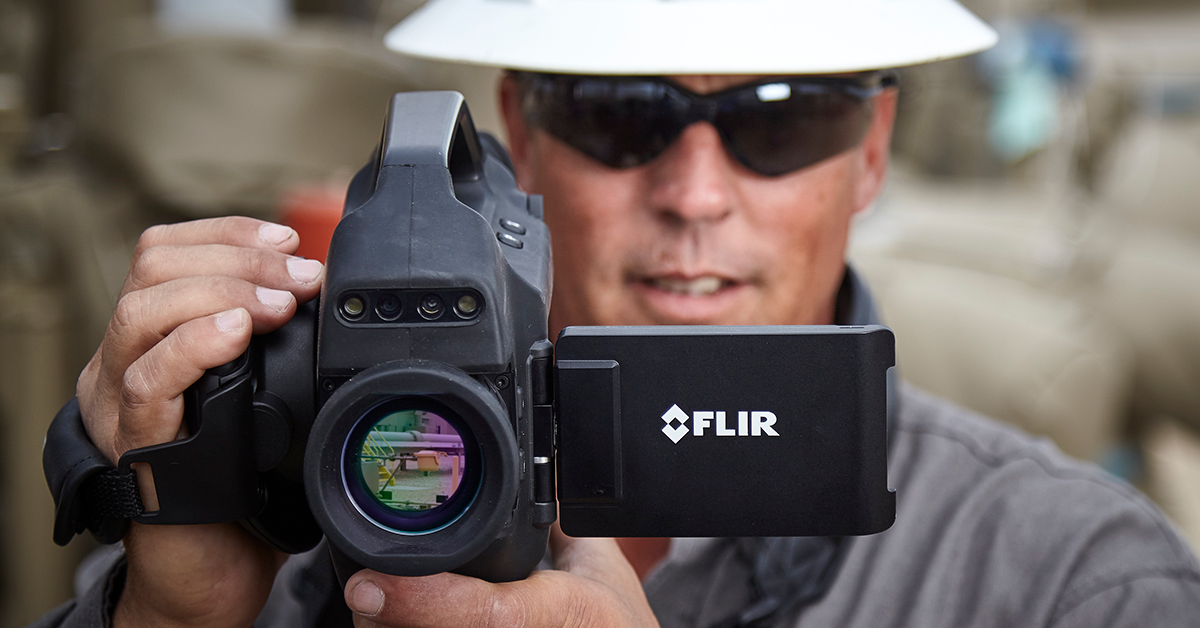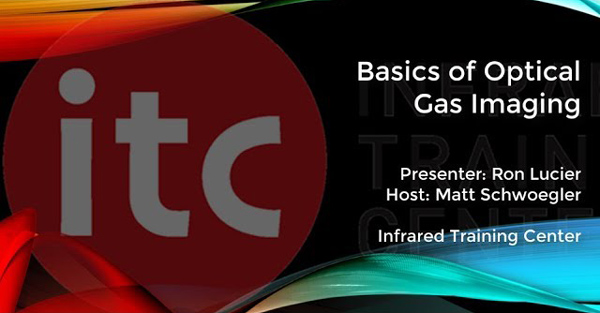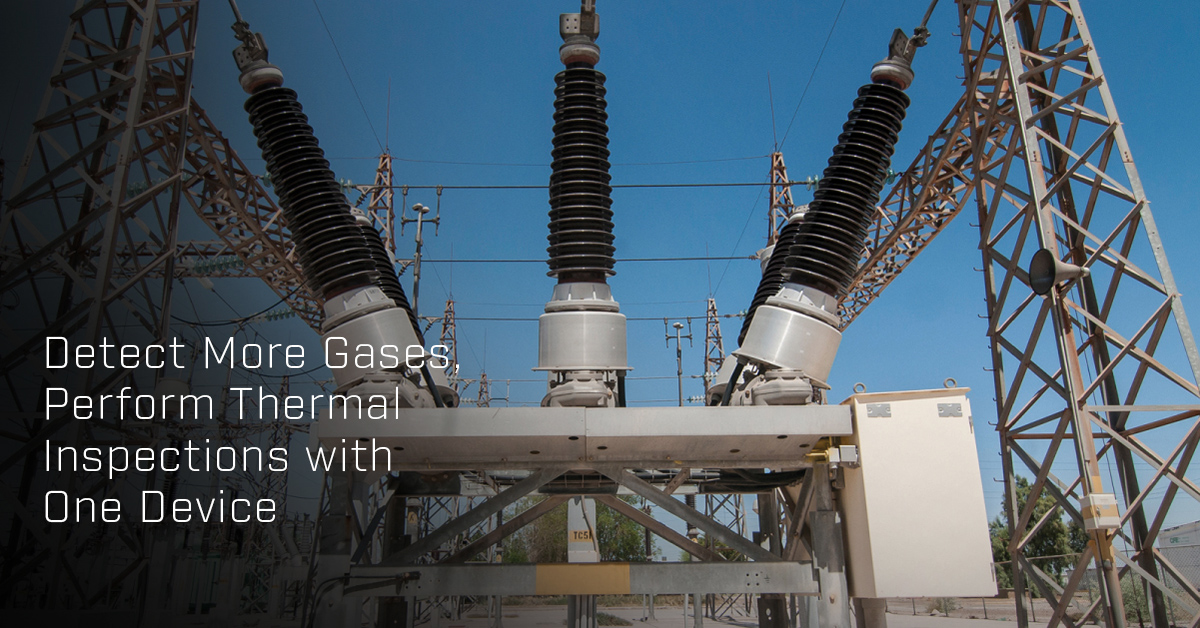Reaching new milestones with optical gas imaging

In this recorded webinar, Strategic Business Development Manager Craig O’Neill discusses new OGI technologies from FLIR that will help customers see more gases – at an affordable price!
Webinar highlights include; advances in hydrocarbon emissions imaging; methane mitigation applications within the natural gas supply chain, power generation, renewable natural gas industries, and more.

Questions and Answers
How does enviromental issues like wind for example affect the accuracy of the post processing ability of the Providence Photonics?
The QL320 requires an input of the wind conditions. The unit works very will in small windy conditions and this even helps the unit with quantification as it allows movement of the gas. In extremely high wind conditions, the QL320 may have some error in the readings.
Is there any future plans to make a cooled camera that is more affordable? The Oil and Gas Industry are really getting hit hard with the surveying regs. by state specific and federal regs.
FLIR is continually working to address the industry's needs and we will take this into consideration. A large challenge is that the cooled technology cameras have a high cost to manufacture and to keep the quality where the industry expects it makes the product more costly.
Do you have newer uncooled cameras designed for permanent mounting for continuous facility monitoring?
Not at this time.
Is there a Class 1/Div 2 coming out in that new camera?
At this time, there is no C1/D2 version of the uncooled OGI portfolio. FLIR will look to address market demands related to the hazardous location classification camera.
Can I use the neutrino core to detect methane gases? The neutrino is 3.4–5.0 micron wavelength, but could it be tuned to 3.2–3.4 microns for methane?
The cooled neutrino camera has a low cut off of 3.4 µm which is higher than the normal absorbtion spectra of hydrocarbon gases. For more details on this product, please visit https://www.flir.com/products/neutrino/
How accurate is the quantitative mode? Is there a min-max range for it?
The is no defined accuracy for this product but there are many studies done on this product with results related to the products performance. There are multiple factors that can affect the unit's minimum detectable range but we have demonstrated the capability to quantify propane leaks down to 100 scc/min and methane leaks to 300 scc/min. The maximum range is alse dependent on parameters but we have been able to detect methane leaks up to 300 l/min.
In high sensitivity mode (HSM) can you select any palette?
Yes, HSM works with any palette.
Can you detect hydrogen sulfide (H2S)??
No. We do not have a unit that can detect H2S.
What are options for new Q-mode data transmission from GF620?
It is performed in camera on the SD Card with a FLIR Sequence (radiometric) video file.
How the detection limit is defined?
The lower detection limit is a minimum laboratory leak rate and is the lowest rate that a user can visualize a gas with the unit in a controlled environment.
About illumination: could you please explain where light comes from for cooled and for uncooled cameras?
The camera operates by the energy from components in the background and visualizes specific gases with filters that highlight the gas absorption of that specific gas.
Is the GF77 compliant with OOOOa inspections?
No. The GF77 does not meet US EPA OOOOa requirements. This is something that FLIR will continue to investigate to address the needs of the market.
Will the GF620 have any extended range lenses available?
The GF620 will be offered with 24° FOV and 14.5° FOV lens versions.
Do water vapor or fog interfere with measurement?
Moisture impact is minimal but there is more absorption of H2O in the longwave spectrum (around 7 µm) than in the midwave. This would mean a cooled solution would be better for applications where water may be present.
How does the camera compute emission rate? Or is it done with bag sampling and gas analyses composition?
This is done with a proprietary algorithm from Providence Photonics. The camera itself does not do this and quantification is performed only with the QL320 (in the tablet or post processing wtih Q-Mode).
Is the 25 ppmXm detection level in the 320 specific to the HSM?
This is specific to methane.
Is there any model that can be installed at site and the images monitored in a control room?
Yes. We do have a cooled system that is fix-mounted called the FLIR G300a. These cameras have the same detector as the FLIR GF320 but are designed for continuous operation.
Will the GF77 system provide quantitative analysis? Or is it just for gas detection purpose?
No. The GF77 camera will not quantify. That is a feature specific to FLIR's cooled solutions.
Is the GF special harness is already available on the market or it is upcoming?
The harness is currently available.


